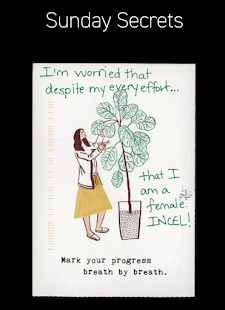Divergent Streaming - Ava Garcia
The final chapter of Electronic Literature by Scott Rettberg wraps up the discussion of the five main genres of electronic literature: combinatory poetics, hypertext fiction, interactive fiction, kinetic and interactive poetry, and network writing. Rettberg also provides the reader with information on the research infrastructure of the field and where to find work, and consider the present situation and potential future of electronic literature. The most significant change in the use of electronic literature was the development of the mobile phone. Electronic literature authors have begun to explore how locative technology can allow us to layer together narrative and poetic experiences about the world around us. Locative narrative projects share a common interest in the relationship between physical space and geographic location to literature's narrative and poetic dimensions. Interactive installations which can feature kinetic text, narrative storytelling, or network inputs, are another type of practice that extends techniques from electronic literature into arts and performance environments. Another area that has been heavily explored is virtual and augmented reality, combining computers and alternative cinema environments. In terms of finding and keeping electronic literature, digital objects present special challenges as the distribution, documenting, and preservation of work has largely fallen to the writers and researchers active in this field. The Electronic Literature Collection, Volume One, has provided new publishing models for commercial and independent publishing on the internet. There is also a multitude of active databases that document and provide information about works of E-lit. The future of electronic literature is promising. In spite of the short life span of works, genres of electronic literature don’t fade. Because experiments in electronic literature are moving at a quick pace, there is room for more innovation and the creation of work. Electronic Literature has a bright future with how diverse and creative these works and the authors can be.
https://www.youtube.com/watch?v=f_u3sSffS78
Text Rain by Romy Achituv and Camille Utterback was created in 1999 and is a classic interactive kinetic text installation. The interactor stands before a projection with a mirrored image of their body appearing in front of them. Letters begin to fall from the top of the screen to the bottom and as the letters touch the mirrored image of the body, they move in response as if the projected body was a solid object. The interactor is able to play with the letters: the letters can be scooped up or cupped in their hands or brushed away to the side. By carefully interacting with the text, the reader also has the ability to gather words or phrases emphasizing the play factor of this piece. Text Rain allows readers to do something magical - to lift and play with falling letters that do not exist. The falling letters are also not random, but lines of a poem about bodies and language. As letters from one line of the poem being to fall toward the ground, they begin to fade, and different colored letters from the net line replace them from above.


Hi Ava! Text rain is such a cool project, the concept allows for so many poetic possibilities. I love the aesthetic elements of the installation as well, it's very magical!
ReplyDelete